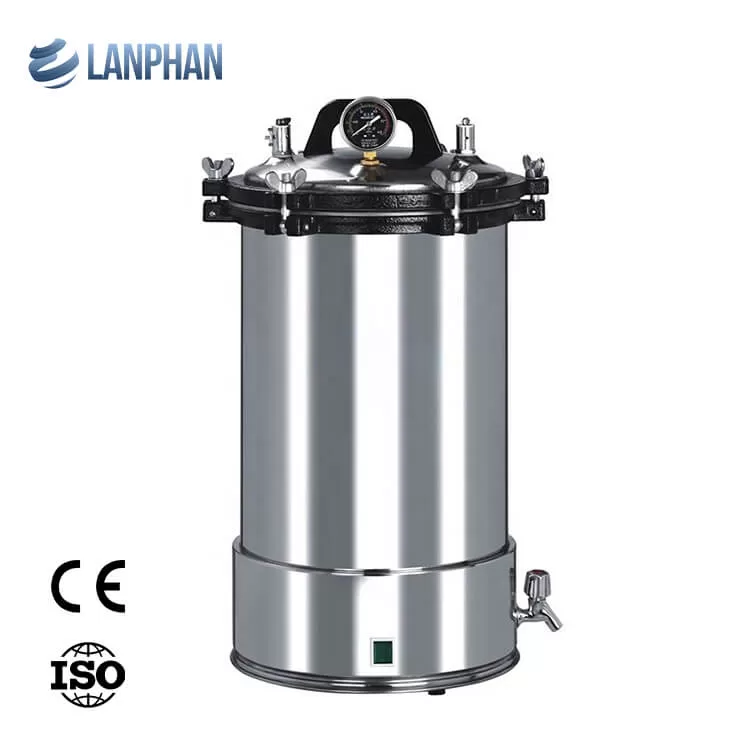Description
LPYX-LD Autoclave Parameter
|
Technical Data |
LPYX-18LD |
LPYX-24LD |
|
sterilizing volume |
18L(280*260mm) |
24L(280*390mm) |
|
working pressure |
0.14 -0.16 MPa |
|
|
working temperature |
126℃ |
|
|
temperature adjust range |
126℃ |
|
|
Max. safety pressure |
0.165Mpa |
|
|
heat average |
≤±1℃ |
|
|
power / consumption |
AC220V.50Hz / 2KW |
|
|
dimension |
410×410×520 mm |
410×410×630 mm |
|
G.W/N. W |
18/16KG |
19/17 KG |
How to use portable autoclave
1. Ensure the autoclave is set to the right temperature and pressure settings for the material that you’re sterilizing. Check the manuals provided with the autoclave.
2. Place the materials that you wish to sterilize into suitable containers; although you can use plastic bags and rubber gloves, we recommend using stainless steel or aluminium containers.
3. Put the containers into the autoclave and seal it properly, making sure not to leave any open edges.
4. Fill the chamber with the correct amount of water. Generally, this should be about one–third of the chamber’s capacity.
5. Turn the valve to start the sterilizing process. The time required for sterilization will depend on the temperature, pressure, and load of the material.
6. Once the time has elapsed, turn the valve off and allow the autoclave to cool.
7. Carefully remove the sterilized materials from the autoclave.
8. Clean, dry and store the autoclave for future use.
the difference between sterilizer and autoclave
UV sterilizers and autoclaves are two types of devices used to sterilize medical and dental equipment.
UV sterilization uses UV radiation to break down the genetic material of bacteria, viruses, and other harmful organisms. This process is relatively fast, imprecise, and not totally reliable. Autoclaves, on the other hand, use steam to kill microorganisms.
Autoclaving is much more reliable than UV sterilization, but it takes longer and requires special caution due to the high temperatures and pressure. Autoclaving also has the ability to sterilize things like syringes and blades that UV sterilization cannot.


Reviews
There are no reviews yet.